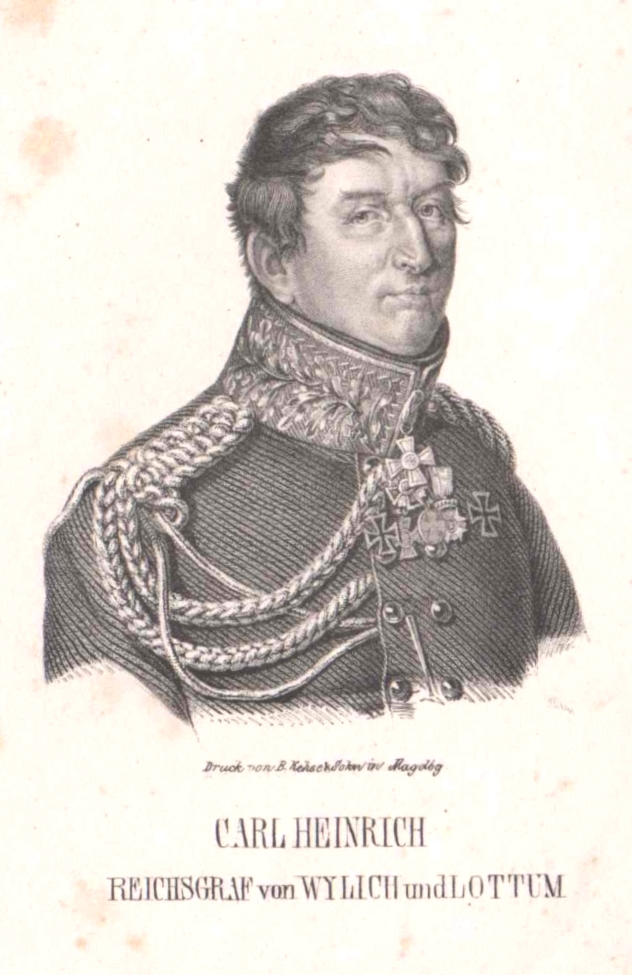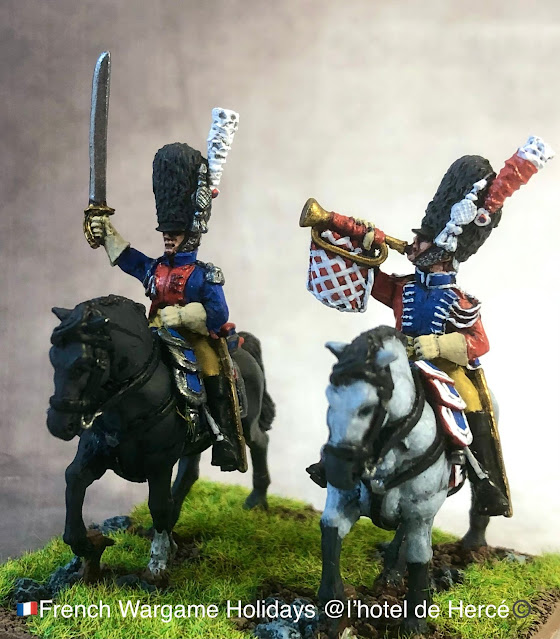Prussian Jäger
Some Elite Miniatures Prussian Jagers off the table, as Napoleonic fever takes over the club at the moment! Miniatures from the Elite Miniatures range
cheers
Matt
Some Elite Miniatures Prussian Jagers off the table, as Napoleonic fever takes over the club at the moment! Miniatures from the Elite Miniatures range
cheers
Matt
Count Wilhelm Ludwig August von Hochberg, Prince of Baden


The last squadron was completed yesterday for my Brandenburg dragoons, looking forward to getting them on the table! Again 28mm Elite miniatures range.
 |
| 3rd Squadron Brandenburg Dragoons |
cheers
Matt
Finally had some time to sit down and complete some projects this week. I started these chaps while I was in Australia, wrapped them carefully and shipped them with me in my suitcase. A few dings but nothing major, so based the horses and touched up the troopers and matt varnished and based today. Flags on order.
 |
| 5th Brandenberg Dragoons 1st Squadron |
First of the Prussian dragoon regiments almost completed, one squadron to go plus a brigade commander. Then onto some command figures plus artillery crew.
cheers
Matt

As I have decided to add more Napoleonics to my collection this year, one of the armies you may of noticed last year was my Grand Duchy of Baden. The miniatures I will be using for the army are from the Murawski miniatures range.
A ideal army for wargaming at 1/20, as it is a nice small Division sized army with supporting cavalry, artillery and light infantry. As with most of my armies I like to research and pick a year or battle to focus on. As 1809 is a great campaign period for Baden I will build the army for this period so they can fight against my Austrians.
I will also plan to add a train, Gendarmes and possibly some militia types too which will require some green stuff to complete!
My plan is to build this year
Music
Some regimental music I have found
Parademarsch der königlich Bayrischen Grenadier Garde
March of the Swabian County Regiment, Durlach-Baden (c. 1700, oíd version)
hope you enjoy that
cheers
Matt
My last figure post for 2021! I hope to crack on with 2022 as the last of our renovations come to a close in April 2022 (I hope!) 1200 square meters of a 18th century French Maison completed in a bit over four years, then more painting and some new tours and wargame events to hold.
As part of my build for my Napoleonic Austrian army project for 2022 I have decided to paint some Austrians as part of the Analogue painting challenge also to help spur me on.
An Austrian Infantry general de division. A lovely Front rank miniature, that I really enjoyed painting, particularly like the staff officers coat as I really feel it looks correct. My Austrians are a real mix of Front Rank, Victrix, Perry and Revolutionary Armies miniatures to paint over the next twelve months.
cheers
Matt
As part of my build for my Napoleonic Austrian army project next year I have decided to paint some also as part of the Analogue painting challenge. First up is an Austrian Hussar cavalry general de division. A lovely Front rank miniature, although all of my hussars will be perry when I paint them I could not resist this figure!
 |
| Austrian Hussar General |
 |
| 5th Chasseurs a cheval 1st squadron |
 |
| 5th chasseurs a cheval |
 |
| 5th Chasseurs a cheval |
 |
| 5th Chasseurs a cheval close up |
 |
| Monument to Lingg von Linggenfeld in Bad Hersfeld |
 |
| Major General Johann Lingg 28mm Murawski miniatures |
 |
| 28mm Gendarmes d'élite de la Garde Impériale |
 |
| Gendarmes d'élite de la Garde Impériale Trumpeter |
 |
| Gendarmes d'élite de la Garde Impériale kettledrummer |
 |
| Raoul Palese, my great Austrian adversary, MOAB 1997 Light cavalry battle eleven 24 figure regiments per side. |